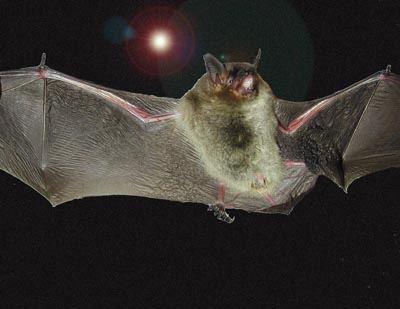Facts About Gray bat
The gray bat, scientifically known as Myotis grisescens, is a small bat species native to North America. Once a common sight in caves across the southeastern United States, their populations suffered severe declines due to human activities in the early to mid-20th century. This decline was so alarming that in 1976, the gray bat was listed as federally endangered under the Endangered Species Act. Since then, various conservation efforts have been implemented, leading to a slow but steady recovery of their populations.
Gray bats possess unique traits and behaviors that distinguish them from other U.S. mammals. They have dark gray fur, weigh between 7 and 16 grams, and can live up to 17 years. These bats are highly dependent on caves, especially those in limestone karst regions throughout several southeastern states. They exhibit distinct patterns for migration, hibernation, and reproduction. For example, in the fall, females are the first to leave the caves during migration, while juveniles are the last. In the summer, females form maternity colonies, while males gather separately. Gray bats primarily feed on insects and typically forage over water bodies.
The decline in gray bat populations has been attributed to several factors, including human disturbance, habitat destruction, and pesticide use. Chemicals like DDT have had detrimental effects on these bats, increasing their mortality rates. Furthermore, human activities such as vandalism, cave commercialization, and frequent cave visits have significantly disrupted their habitats. To counter these threats, conservation measures such as cave gating programs and habitat protection have been essential in preserving gray bat populations.
Efforts to protect gray bats include purchasing caves where they reside, limiting human access to reduce disturbances, and ensuring that their foraging areas are maintained. The U.S. Fish and Wildlife Service has developed guidelines to help conserve gray bat populations, emphasizing the importance of continuous research and conservation actions. Despite the numerous challenges gray bats face, recent discoveries and ongoing conservation work have shown promising signs of population recovery, offering hope for the future of this endangered species.

 Canada
Canada